The Intergovernmental Panel on Climate Change’s Sixth Assessment Report (AR6) is a comprehensive analysis of the physical science associated with climate change. In the second in Energetics’ series on AR6, we explore what the findings mean in physical terms for Australia and the potential impacts for our businesses and communities. The podcast is hosted by Energetics’ Head of Decarbonisation, Aidan Ashton. Aidan is joined by Energetics’ climate risk consultant Anna Kuiper who is a lawyer with expertise in international and domestic climate policy settings, regulation, compliance and climate related litigation. Energetics’ guest for the podcast is Dr Sarah Perkins-Kirkpatrick. Sarah is a 2017 future fellow awardee at the school of science, UNSW Canberra. She was previously based at the Climate Change Research Centre at UNSW Sydney and is currently a chief investigator with the ARC Centre of Excellence for Climate Extremes.
Listen to our podcast.
The following is based on the transcript of the podcast episode.
What are the headline findings of AR6?
(Sarah Perkins-Kirkpatrick) The biggest finding is that climate change is unequivocal and we are to blame for that. This is the sixth phase of the IPCC process which has been underway for about 30 years. With each report the certainty around the facts that a) the climate is changing and b) it's because of us, has only increased. Now it's irrefutable.
There's also important findings around the viability of limiting global warming to both 1.5 and 2 degrees Celsius. While not completely off the table, limiting warming to those temperatures is now out of reach. The IPCC states that we only have seven or eight years with drastic cuts to emissions to limit warming to 1.5 degrees Celsius. It's not economically possible.
There's also a lot more confidence around, for example, changes in extremes like heat waves, droughts and rainfall extremes. And something that's close to my heart is understanding the human influence behind specific extreme events. That research has developed in the last seven or eight years and there's a lot more information about how climate change is driving specific, extreme events. We can say that yes, depending on the extreme event that you’re looking at, climate change is playing a pivotal role.
When we talk about two degrees or three degrees of warming, what does it mean for our day-to-day experiences of weather systems?
(Sarah Perkins-Kirkpatrick) It's not on a day-to-day scale. Sometimes five degrees sounds really nice, especially in the middle of winter! It's about how warming influences climate extremes. It's difficult to say what those changes mean every day of the year, whether it's now or in 2050 or 2100, but we can certainly say that with that extra threshold of warming, there'll be certain changes expected. For example, there's a certain increase in heat wave frequency or the intensity of heat waves, or how extreme rainfall will change once we reach two, three, four degrees of warming. It's about looking at certain types of events and other shifts in the climate. There is some research suggesting that certain systems might change with levels of warming but I don't think that the IPCC went into too much detail.
Do you have an idea of the magnitude of change in extreme events?
(Sarah Perkins-Kirkpatrick) I study heat waves and it depends on where you are. Tropical regions, such as northern Australia, South East Asia, Central America will see larger changes in the frequency of heat waves. They already have a small climate distribution and if you warm that climate by just a little, extreme events occur more often. They'll see a lot more heatwaves. It's the higher latitudes, Tasmania, even Adelaide and Melbourne, and especially places like Siberia and Northern Europe, that will see changes in heat wave frequency, but greater changes in heat wave intensity. That really scales with global warming.
The more we warm, the higher that changing frequency will be and the greater the intensity. Different climate models might give you different, specific values, but they all show the trend in the steepness of that line, so that with each global warming threshold, even with each half degree global warming threshold, there's a clear shift in the frequency, intensity and duration of heat waves. It's just that regional values depend on the baseline climate in those locations.
Recently we saw the heat dome in Canada. Essentially it's driven by the same underlying systems. Is that correct?
(Sarah Perkins-Kirkpatrick) Heat domes are basically an atmospheric system. All heat waves are somewhat joined to a high-pressure system and a heat dome basically allows the heat to build up in the atmosphere. The high pressure system is stable and the heat can't go anywhere and feeds into itself. That can happen anywhere. We've had them in Australia. A heatwave a few years ago in Sydney was attributed to one. We need to remember that with a change in the baseline climate, which is now just over one degree Celsius globally speaking, there's more heat to build up. Not only is there more heat on one day, but if the heatwave lasts for 10 days, you've got a cumulative effect over the 10 days. That makes them worse and what effectively happened over the northern US and Canada. Records were smashed.
It's the combination of what we would call a natural driver, which is a heat dome, and climate change exacerbating those conditions. Unfortunately that's going to be more often dependent on the global warming threshold.
The 2019-2020 summer bushfires saw catastrophic devastation across southern Australia. At the time these bushfires were described as ‘unprecedented’. Can you explain why they were viewed as unprecedented?
(Sarah Perkins-Kirkpatrick) We’ve never experienced anything like that before. Never. 2019 was our hottest and one of the driest years on record. So extremes were already being smashed and those conditions primed the bushfire season. On top of that, going into summer, we had a positive Indian Ocean dipole phase, which is a hot spring effectively. It only lasts for a few months, but it was another primer. Then climate change on top of that.
All of those ingredients basically made this ‘perfect cake’ for hot weather and bushfire weather to occur. We had never seen anything of that extremity.
The fires were incredibly hot. We had never seen basically the whole southeast coast of Australia burning at the one time. Anecdotally, my husband is a member of the Rural Fire Service and when we watched the footage on the news and saw the ground burnt, basically it was ash, he said for it to be ash, it's a hugely intense fire and not something that he's ever experienced in his firefighting career. Also, there were many pyrocumulonimbus fires. These are fires that go high into the atmosphere and basically make their own weather system. There's lightning and thunder and they’re only associated with the most severe fire weather conditions.
Unfortunately, with climate change, we will have more. 2019-2020 was a window into the future.
Were the fires ‘unforeseen’?
(Sarah Perkins- Kirkpatrick) No. Straight up, no. Bushfires are complex. It's not like heatwaves reliant on one climate variable - temperature. With bushfires, you've got heat, humidity, wind and dryness. That’s how the FFDI, the forest fire danger index is measured. It's not just a change in one variable that matters, there's changes in all of them. There was a report put out by CSIRO, some 10 or 15 years before the fires saying in the next 10 or 15 or 20 years, we can expect on average to see higher fire danger weather. That's exactly what happened. There's a lot of evidence that the bushfire season is lengthening and now extending into springtime. These fires started before summer. A lot of that is driven by temperatures going up because of climate change. We're having more heat waves that more rapidly dry out the bush. It wasn't something that we didn't predict.
If these extreme events aren’t unforeseen, what are the legal implications for businesses?
(Anna Kuiper) As bushfires and other natural hazards become more foreseen rather than unforeseen, companies risk becoming subject to large legal and reputational risks for not acting early enough. As physical events, such as drought, bushfires, shift from abnormal to normal over time, liability risks will increase.
Liability often depends on the foreseeability of events happening. It's quite likely on the basis of the climate science, but more recently AR6, that either the foreseeability has clearly changed or that the legal definition for foreseeability when it comes to climate hazards, becomes looser.
For an example of how such a duty of care can evolve, in the 2009 Black Saturday bushfires in Victoria, the company AusNet Services was found negligent because they caused that bushfire. In that case, the Victorian Bushfire Royal Commission found that the fire was caused by AusNet.
It's understandable that such causation, and therefore negligence, is more difficult to prove if it's caused by climate change, but that doesn't mean that businesses get a free pass. Case law, legal opinions and the scientific proof have been establishing that such a legal duty of care also exists for businesses when it comes to climate related events. This evolves as the science matures.
AR6 is very important for understanding any legal implications for businesses. Climate change is a foreseeable risk for companies and if you don't act on that, you will face legal consequences.
So climate events and, in particular, the extremes are foreseeable. How do we bring science and business together to collaborate?
(Sarah Perkins-Kirkpatrick) That’s an interesting and tricky question! It's something that we've not done a lot of in the past, but it's certainly time to do it now. We speak very different languages and scientists are conservative by nature. We generally don't know how to talk to businesses, but we need to. We've got a lot of information about what these risks mean, potential uncertainties in projections, and what can be said about certain extreme events compared to others. If you have to disclose foreseeable risks, we can help. It will hopefully make your risk assessment much more robust.
I don't think a lot of companies are doing enough at the moment. They might have a ‘climate person’ in their team, but it's just one person. We need to be doing better than that. If a business wants to have an in-house team they should consult with academics on what that team should look like and the expertise they should have. Additionally, a lot of us are open to working together. It certainly doesn't hurt to approach us and get the discussion going.
Is there an argument to say that climate scientists have a responsibility to make this information more accessible?
(Sarah Perkins-Kirkpatrick) I don't think that always falls on the academics. They're there to do the research. At the centre in which I work, we have ‘knowledge brokers’ and there's also the ‘go betweens’ like you, Aidan, and that's a great step! Someone who is a translator! But I don't think the onus should be on academics to do that. Having that middle person is probably a better option.
Can you describe some of the impacts that we might experience during a heat wave? Maybe focusing on infrastructure, like the energy network and the health of an outdoor worker?
(Sarah Perkins-Kirkpatrick) I’ll start with human health and an outdoor worker. Currently with an extreme heat experience, usually a heat wave, it lasts for a few days at least. It's not just a single day. Most people can cope with a single day of heat. If the heat persists, usually it's the old, the sick, the very young and pregnant women who are affected most by the heat. However, that's likely to shift if we're experiencing these heat waves more often, and if they’re more intense, they go for longer. People who work outside, people who are exercising in 45 degree heat, and people who are outside just having fun, will be more affected by the extreme heat. That kind of shift in the population of who will be affected can, and will change, especially as climate change intensifies. You get heat exhaustion and that may change into heat stroke. Our bodies are fine tuned to a certain temperature threshold and if we go a few degrees over that, we're toast. But you don't usually die from heat. It usually exacerbates an underlying condition.
For electricity supply, during hotter weather, the ability for the network to transmit electricity reduces greatly. There's the added pressure of people turning on their air conditioning. That puts a huge strain on the network. I remember being in Sydney and there were calls for people to turn up the air conditioners, not necessarily turn them off, but turn them up. So they weren't straining the energy network as much. Of course, if you've got solar panels on your roof that helps. But there's issues not only with population increases, but with heat increases into the future.
Given the far-reaching impacts of heat waves, what can businesses do to better understand their risk profile?
(Anna Kuiper) A starting point for businesses should be to incorporate climate related risks into their risk registers and governance policies. A climate hazard risk as Sarah described will likely place a risk very high on a company's risk register, for example, as an organisational health and safety risk. By doing this, they increase their understanding of and capacity to deal with climate related risks and it's crucial that the board has oversight of these risks. A next step is to act on these risks and modify business strategies to make them more robust and resilient. It's not just a tick box exercise in that sense. It's an opportunity to be responsive and proactive, rather than defensive and reactive.
We've seen court rulings demanding climate action by both federal entities and corporations. What are the messages to business? In particular, thinking of the landmark case in the Netherlands with Shell.
(Anna Kuiper) The argumentation in the Shell case was very interesting. It was a breach of the duty of care and the reasoning was based on the best available science, which at the time was actually the IPCC’s Fifth Assessment Report, AR5. The science has only expanded with AR6’s release. The court held that Shell’s unsound and insufficient climate policy might be seen as an event giving rise to the damage.
My advice to businesses would be to acknowledge that this duty of care is legally evolving and it has now also been tested successfully in courts. Simply disclosing climate related risks is no longer sufficient. Shell has been legally ordered to reduce its emissions significantly in line with the Paris Agreement. Company directors should take proactive steps and disclose not only risks, but also take positive action and design and implement strategies to deliver on their climate commitments.
At the national level in May 2021, the Federal Court of Australia found that the Commonwealth Minister for the Environment owed a legal duty of care to avoid causing personal injury to children when deciding in its approval of a coal mine expansion in New South Wales.
Sarah, given what we see in AR6, the impacts of these extreme events, how do you remain inspired and determined?
(Sarah Perkins-Kirkpatrick) I think something's got to give and it's got to give hopefully sometime soon. I would have liked to have thought that the black summer was the catalyst for change in this country. Unfortunately, it just led to a gas recovery, but that's another conversation.
Something's going to happen and it's going to be so bad that we simply cannot ignore this anymore. Now I hope that it's not that lives are lost in some sort of catastrophe, but I do think that's what it's going to take to kick our butts into gear - to really be serious about reducing emissions.
We're not going to reach 1.5 or even two degrees global warming. We're going to overshoot that and go further. But I am pretty certain or pretty optimistic, that we will limit warming to well below four or five degrees Celsius. I'm hopeful. I think it will be somewhere between 3 and 3.5 degrees Celsius globally. Yet that drastically increases the frequency and intensity of many extremes, not just extreme heat. But that's better than what would happen if we do reach 4 or 5 degrees Celsius.
I think we should be doing absolutely everything we can as soon as we can. I don't think it will be as bad as the highest or the worst emissions scenario that the IPCC uses, but it's unfortunate that it might take a couple more catastrophes to get there. I'm motivated as a mum of two young kids and I'm thinking about their entire generation. They didn't cause this, they didn't destroy the planet like we have, or like the people before us have. Why should they inherit a world that's in worse condition than what we inherited? We need to do better. It's plain and simple.








